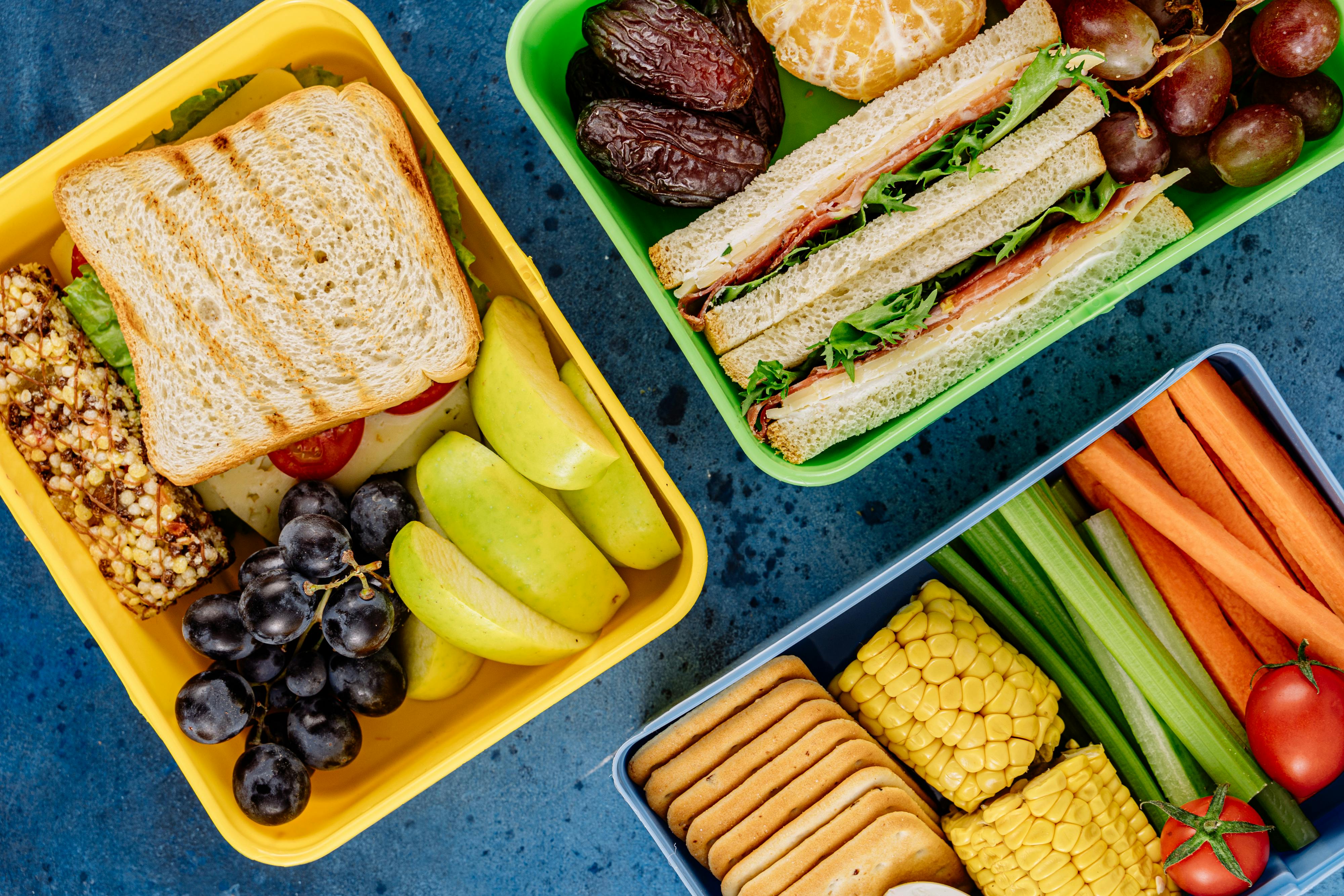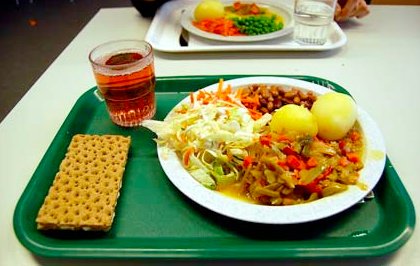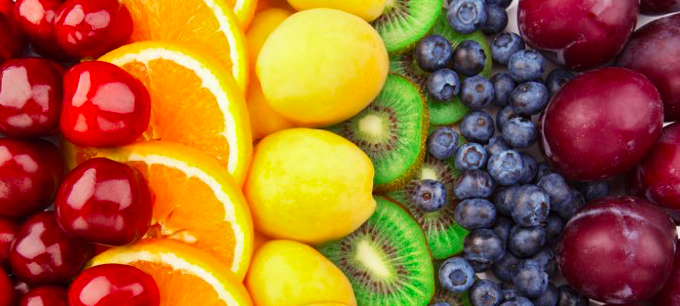Litterless Lunches
Schools can help protect the natural environment
and save money on waste management by implementing
a litterless lunch policy.
With tightening budgets, schools shouldn't have to pay to deal with lunchtime garbage and contaminated recyclables. Litterless lunches (everyone taking their own garbage home) will help with cleanliness and sanitation when that matters in public spaces more than ever. And parents will appreciate the nudge to purchase reusable containers instead of plastic wrap and paper bags. (This could even be a school fundraiser.)
Making every day Litterless Lunch Day will help both schools and families save money.
 Litterless School Lunch Bento Boxes, photo by Antoni Shkraba
Litterless School Lunch Bento Boxes, photo by Antoni Shkraba
It’s kind of archaic if we stop and really think about it, that all of our non-recycled and compost trash ends up in a hole that we cover up on the earth, or floating in our oceans. We as a global nation are smarter than this, right? And we have choices to push manufacturing towards building sustainable products that are compostable and recyclable.
Really all we have to do is choose what we buy so eventually we get out of landfill products and can support our next generations with clean oceans and no holes in the ground full of trash.
— Diana Dehm, Founder of Trash On Your Back
What is a Litterless Lunch?
The definition of a litterless lunch is simple. No waste, no garbage, no trash, no rubbish, no litter is left behind at school by students or staff. Nothing goes to the landfill after lunches are eaten at school. Packaging and recyclables go home in lunch bags or boxes. Leftover food and paper napkins from hot lunches can go into the compost. Plastic forks and cardboard trays aren't used. Simply put, school lunches create no waste for a school to have to deal with.
Why are Litterless Lunches Important?
Whether a school provides a hot lunch program or has students bring a packed lunch from home, food waste and food packaging waste can be problems. Even schools that send students home for lunch have to deal with the waste from packaged snacks eaten at recess.
In some localities, food waste is not allowed in the waste stream / landfill, which means that schools must pay extra to have compostables carted away. Food packaging waste — whether recyclable or destined for the landfill — means more work for custodial staff and higher waste management costs for the school and school district (and taxpayers).
A litterless lunch policy does away with all those extra expenses. But it goes further than the financial savings. Litterless lunches are also:
- healthier, since packaged foods tend to be less nutritious than home-made and fresh foods
- community building, since eating becomes a social activity when "real" lunch foods lead to less haste
- more environmentally friendly (because there's a lot less packaging), and can lead to learning about environmental issues such as pollution and overuse of non-renewable natural resources
 Litterless School Lunches
Litterless School Lunches
If a waste-free lunch program is implemented at school and supported at home, most children will participate easily and with enthusiastic support.
— Bentology.com
What is a Litterless Lunch Policy?
Litterless lunches don't necessarily mean no garbage is generated, but that no trash is left at the school. It can mean that everything is taken home, or that recycling and composting programs are developed and strictly adhered to (because everyone wants to contribute!).
A school litterless lunch policy would mean that apple cores, packaging and recyclables are simply packed up in lunch kits and taken back home. What a perfect opportunity to teach about the 3 Rs of reduce (waste), re-use (lunch kits), and recycle (cans, bottles and plastic containers). (Oh, and every school should have a recycling program by now.)
If school lunches are provided, careful meal planning and novel serving strategies can ensure that no waste is created. In this case, there are sure to be recyclables used and compostables created, but there are systems in place to keep them out of the landfill. Drinks are served in glasses or refillable bottles, not in single-use plastic bottles or throwaway paper cups or cartons. Meals are served on washable plates, not cardboard or styrofoam. Cutlery is washable or compostable, not disposable. Apple cores and orange peels go into the compost to build soil. And leftovers ... well, let's educate kids about not taking or asking for more than they will eat.
What Teachers Can Do
When it comes to litterless lunches, classroom teachers can contribute to transformative sustainability education by helping their students to
- do a waste audit (and particularly a school lunch waste audit) for their school (this will involve the math skills of measuring and data management, but also critical thinking)
- learn the differences between harmful toxic waste and organic biodegradable waste
- make wise choices about their consumption, especially when it comes to food
- consider all the different areas in which they can manage their lives in environmentally friendly ways
- develop the most effective recycling program possible for their classroom and school (or simply use an existing program properly, perhaps by creating incentives and a reward system)
- understand the environmental, social and economic impacts of food waste, and make food waste a thing of the past (no longer leaving half their lunch) by "feeding people and soils, not landfills" (see Reducing Food Waste in K-12 Schools, by Susan Casey)
- explore the concept of zero waste and then work to achieve it as a class or school (just as in the natural world, our waste becomes the "food" or raw material for another product or process, e.g., food waste becomes compost for growing more food; using the concept of biomimicry, have students find their own examples and case studies of waste = food; older students might enjoy learning to make their own products using recycled plastics at Precious Plastic)
- improve their own and their parents' "litterless lunch literacy" by designing their school lunches to include mainly whole foods ("eating a rainbow" and moving to a plant-focused diet lead to not only less packaging and garbage, but also better health and nutrition)
 Food Rainbow
Food Rainbow
Litterless Lunches are based on the benefits of simplicity. By using stainless steel [or safe and reusable plastic] containers, thermoses, and water bottles, you can forgo packaged foods and beverages, saving your money ... and the planet.
— Kristen LaRocque, GreenUP Store Coordinator, Peterborough, Canada
Return from Litterless Lunches to Greening School Behaviour